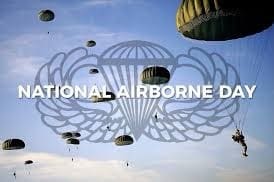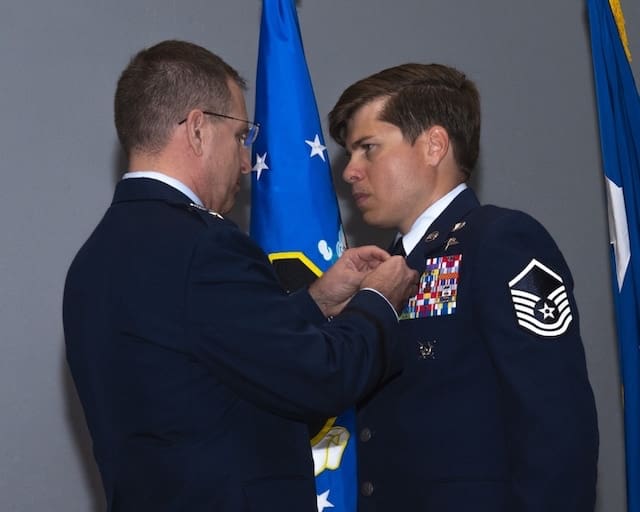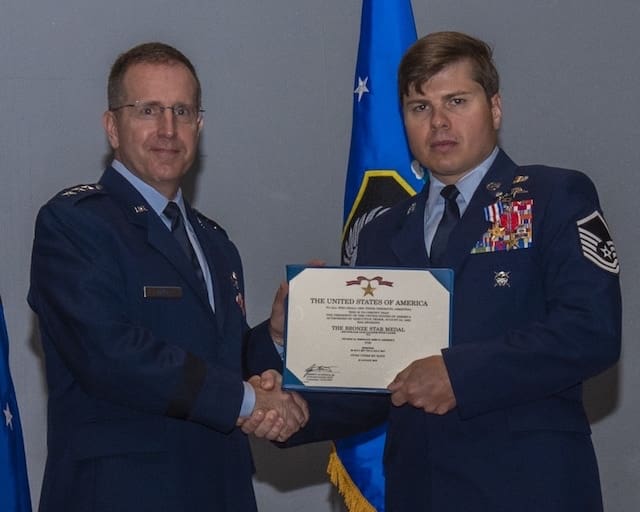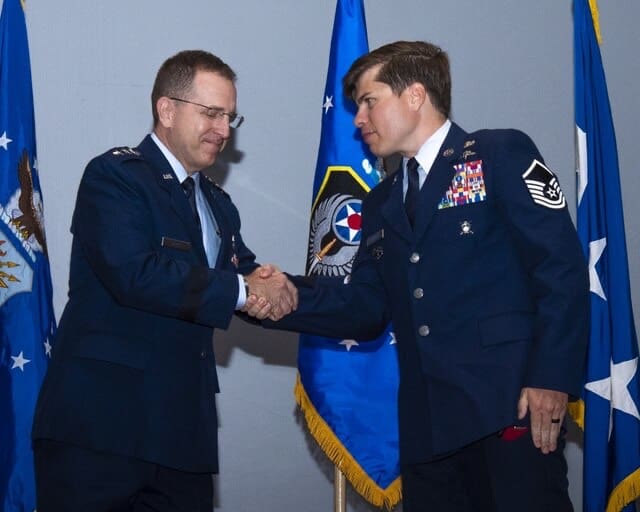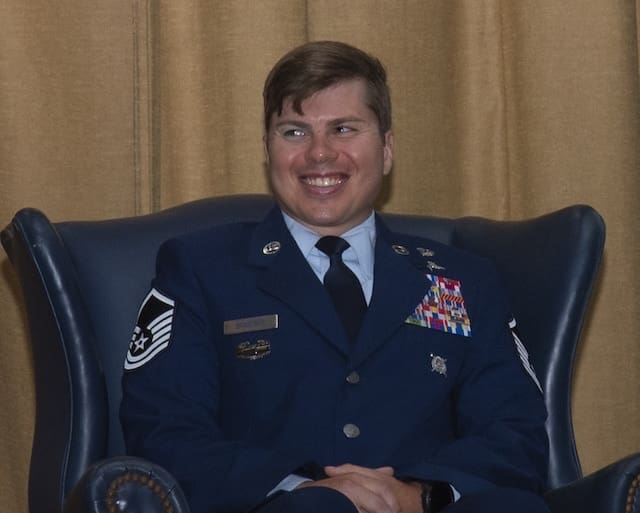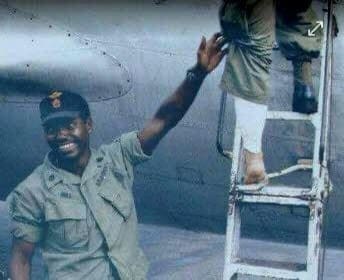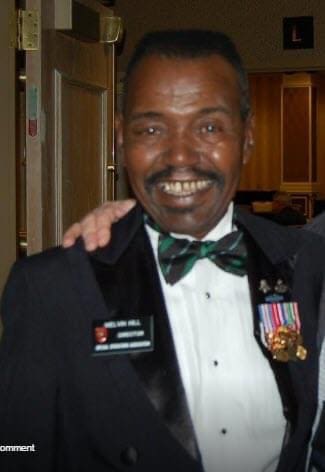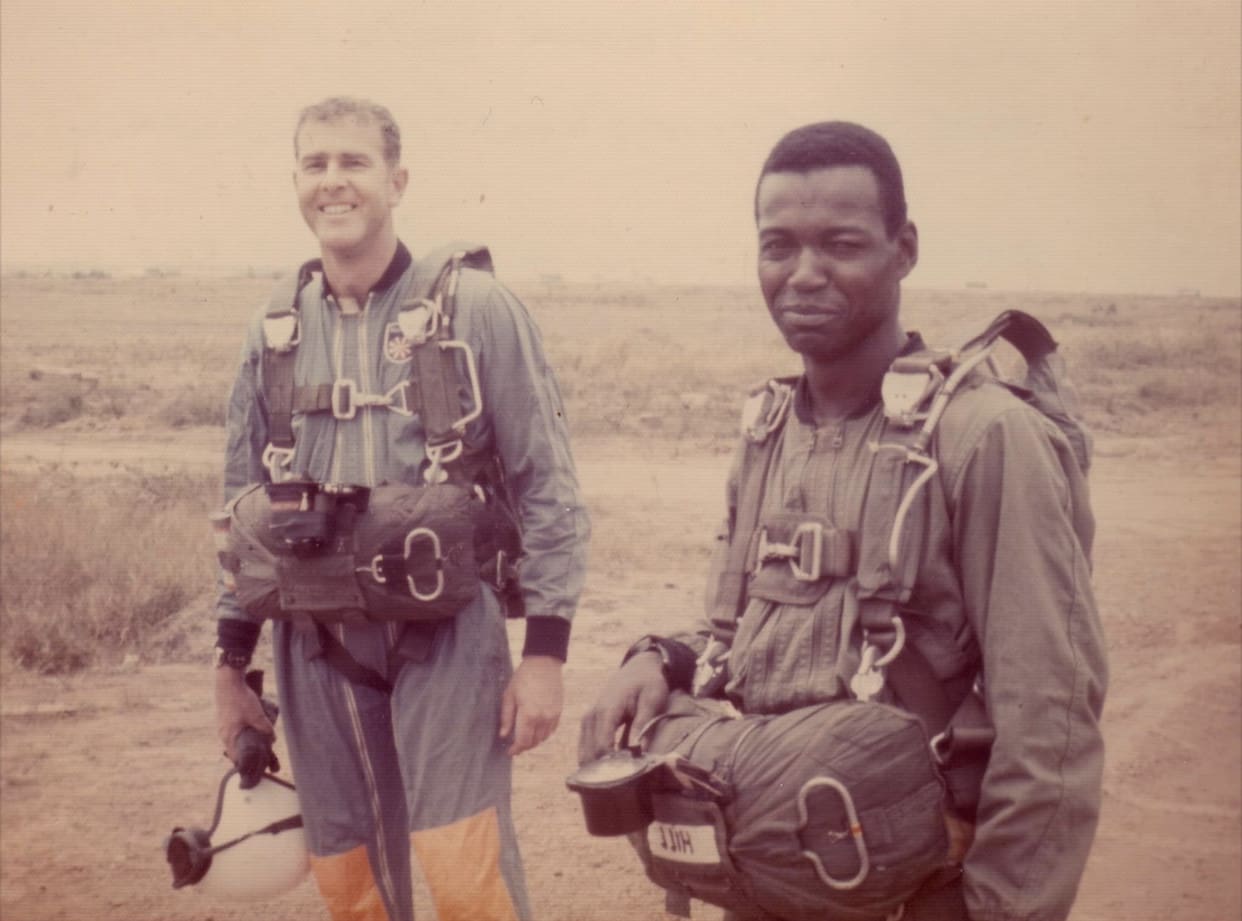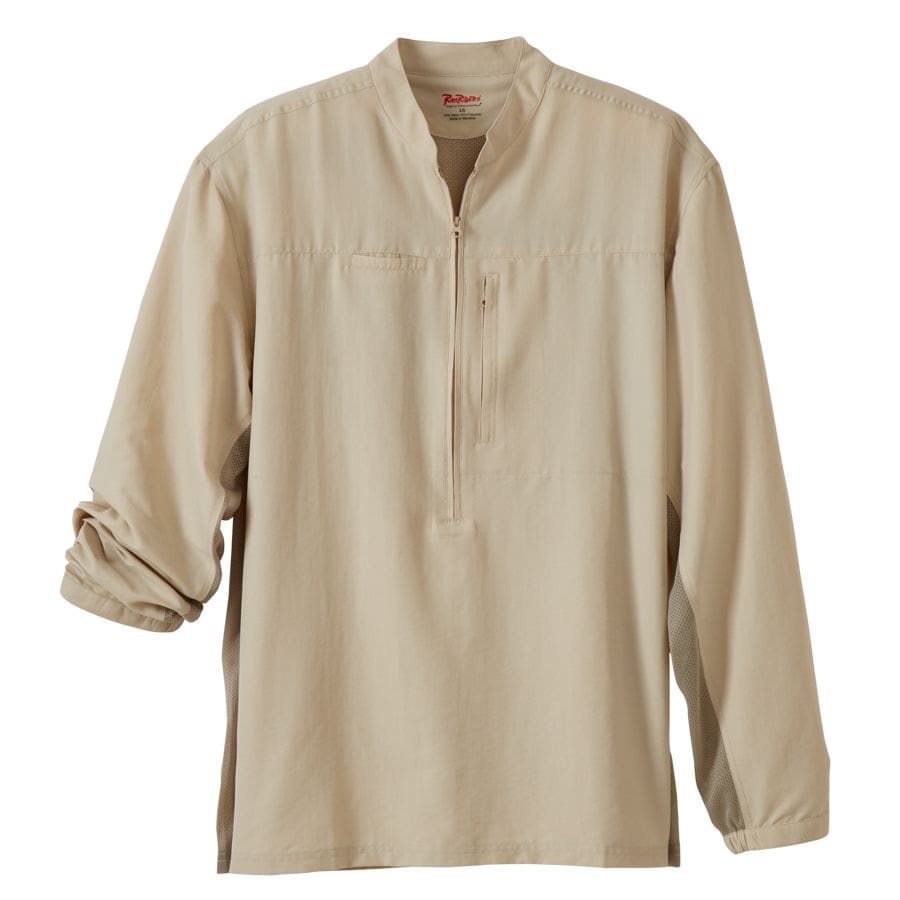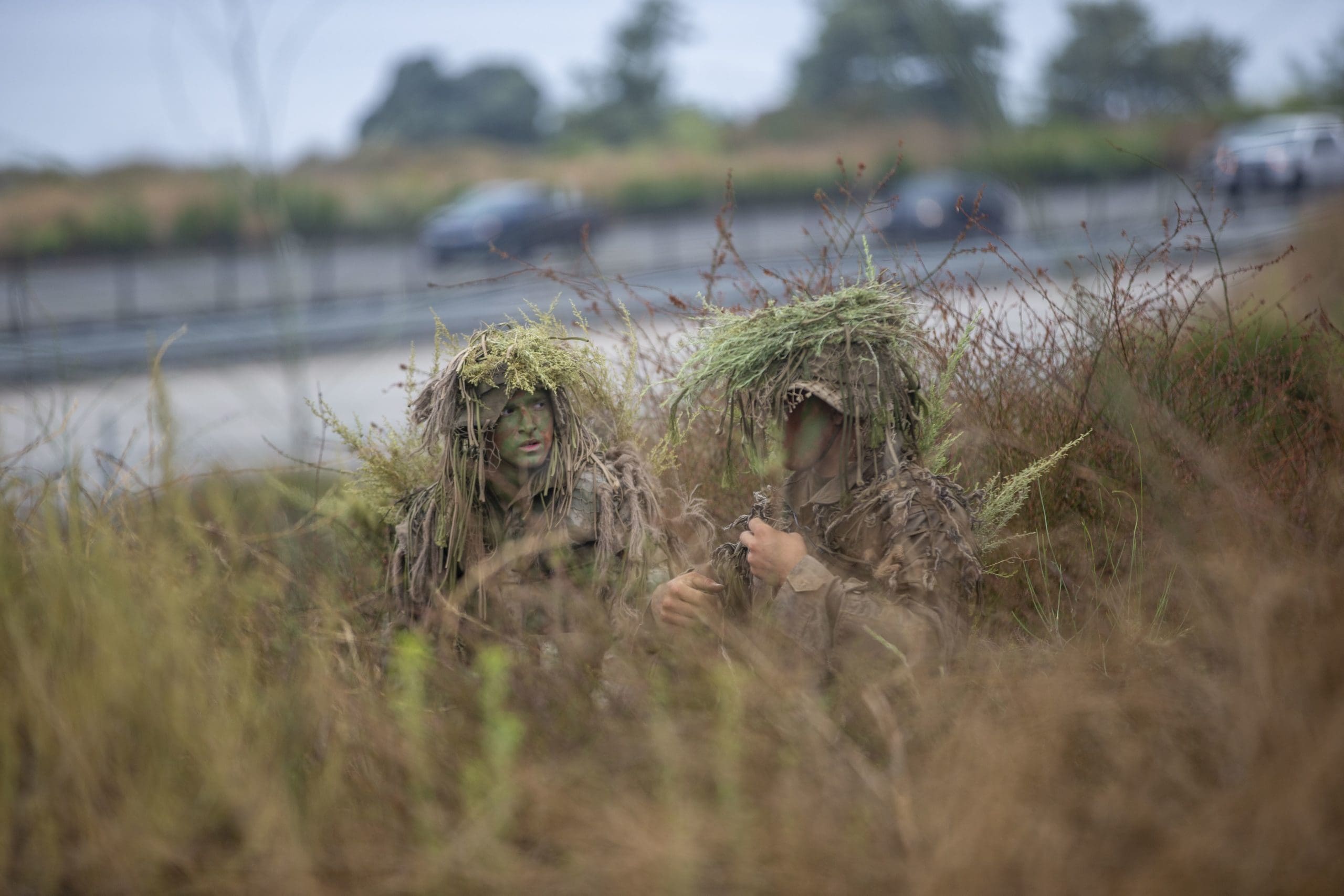The new SCUBAPRO D-Mask is a, premium mask designed for all types of diving. It is equipped with UV+420cutTM lenses that filter out high-energy visible (HEV) light and UV light without affecting how colors appear underwater. It is the only premium mask that features an interchangeable lens system for optional optical lenses.
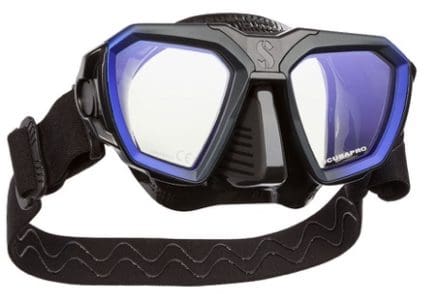
Mask has rotating buckles that work with a new black-on-black Comfort Strap to optimize range of motion and achieve a comfortable, watertight fit. The D-Mask has all the standard features you would expect in a quality mask, such as a double feathered edge silicone skirt, wide strap design, easy to reach nose pocket for ear equalization, dual tempered glass lenses for safety and ribbed skirt and nose pocket for sure grip even when wearing thick gloves.

The lenses of the mask are made from an ultra-clear glass. Standard glass has a green tint. The green tint you see is the result of iron impurities left over in lower quality float or window type glass. That green tint distorts true colors and blocks-out some of the light that reaches the eye. Ultra-clear is a new and exciting optical quality tempered glass with exceptional clarity and high light transmission, with no color distortion. The exceptionally high light transmittance and lack of distortion in the ultra-clear lens maximize the light available for improved visual acuity, especially underwater in low light conditions. Better vision and more accurate colors are what you get with SCUBAPRO ultra-clear lenses.
The mask comes in a durable molded fabric protective box, a HUD hands-free dive computer mount, and an all-black Comfort Strap.
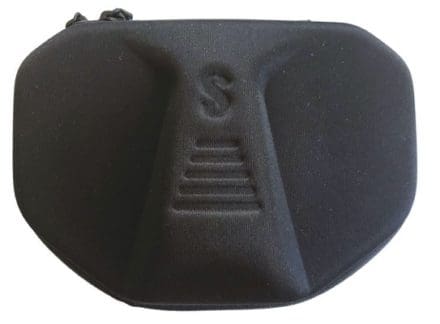
CHOICE OF SKIRTS Three skirt sizes – Small (Narrow), Medium, and Wide – ensure a perfect fit for a range of divers and face shapes.
COLOR KITS Are available to match perfectly to SCUBAPRO suits, masks, HYDROS BCDs, and Seawing Nova fins.
UNRIVALED LENS CLARITY
True color UV protective lenses offer protection from UV light on the surface without affecting colors underwater.
OPTICAL ENHANCEMENT
Interchangeable lens system makes it easy to install optional optical lenses (ranging from -1.5 to -5.0 or +1.5 to +4.0 in .5 diopter increments).
ADD-ON BI-FOCUS
Optional magnifiers can be bonded to standard lenses with a range of +1.0 to +3.0.



